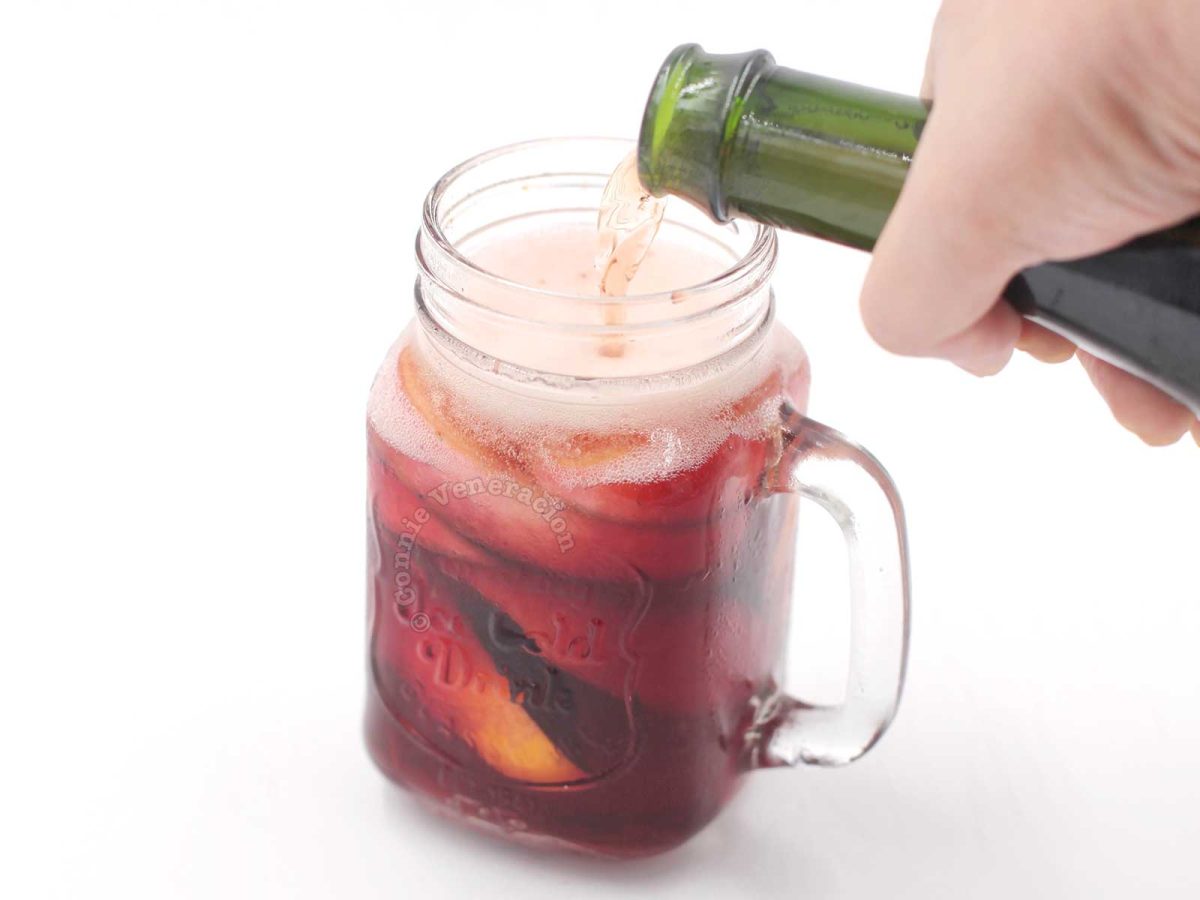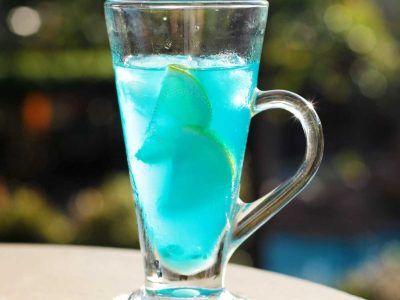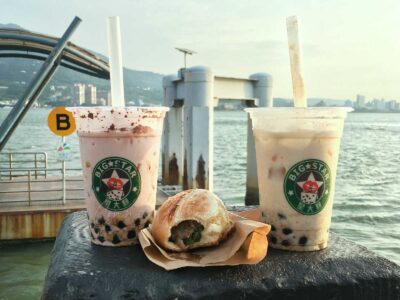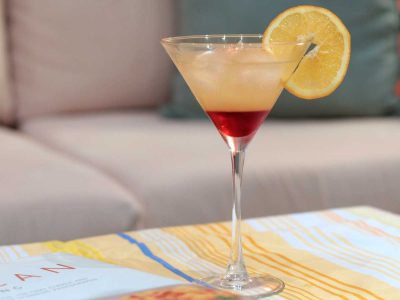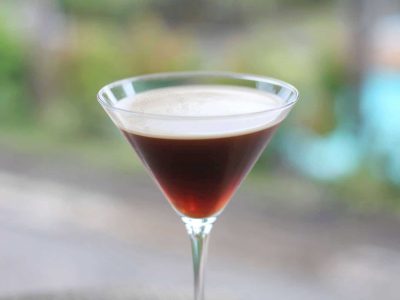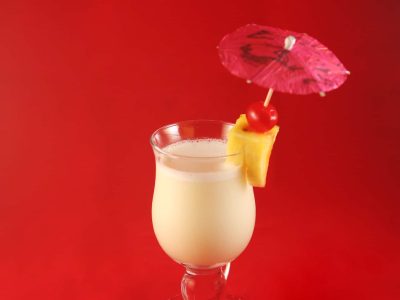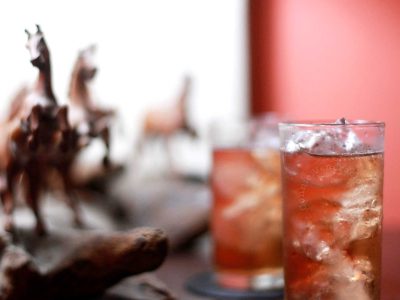Although known by other names, sangria has been around since the 14th century in Ecuador. But it may be over a thousand years older than that because ancient Romans mixed too-strong red wine with fruit.
Imagine that… And the EU had the gall to pass a law that says it is unlawful to sell a drink named sangria unless it came from Spain or Portugal. But, surely, the EU wouldn’t pass such legislation unless Spain and Portugal do have a good historical claim in the history of the mixed drink?
Well, some say that sangria evolved from trade and colonization. Spain and Portugal were colonial powers at around the same time, they had colonies in the Americas and the Caribbean, they exported wine to the colonies and imported fruits from them to consume back home.
Story has it that the Europeans watched the locals in the Caribbean colonies add fruits to wine and, while probably appalled, got to like the mixture and sangria has been associated with these two countries since.
Why in the world would anyone waste totally good red wine by mixing it with fruits? Sacrilege, isn’t it? You see, back then, wine wasn’t the refined and nuanced drink that we know today. It was highly acidic. Sweetening it with fruits made sense.
If the trade and colonization theory is accurate, sangria was invented by the Caribbean locals but they never got credit for their brilliant idea. Meanwhile, because it was the Europeans that christened the Caribbean concoction “sangria”, not only have they lionized the credit for its invention, they have monopolized as well the right to sell the drink by that name.
But, anyway, the enraging dynamics between bullies and victims aside, let’s fast forward to the present. Wine is no longer the vinegary drink that it once was. Why dilute the flavor of wine and mask its natural fragrance by adding fruits?
There’s excellent red wine and there’s so-so red wine. The excellent kind anyone would be happy to drink. But the so-so kind? Well, if so-so is more synonymous with “decent” than “forget it”, the wine is good enough to make sangria with.
Sangria
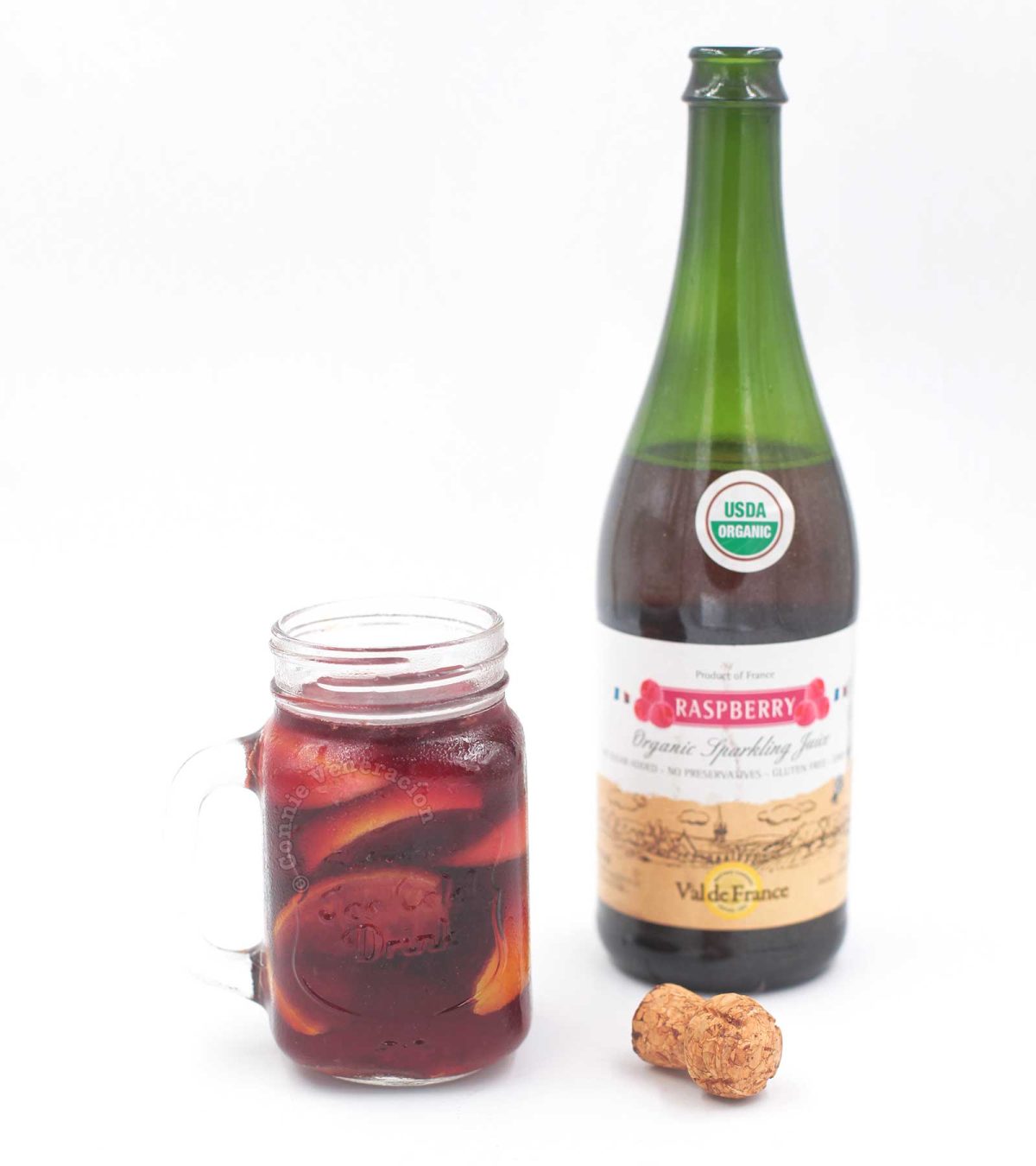
Ingredients
- ¼ apple
- ¼ orange
- ¼ lemon
- 1 tablespoon simple syrup
- 2 tablespoons brandy
- 1 cup dry red wine
Instructions
- Cut the apple, orange and lemon into thin wedges (or slices). Discard the seeds.
- Place the apple, orange and lemon wedges in a jar with a screw-type lid.
- Pour in the simple syrup, brandy and red wine. Make sure that there is space in the jar for the sparkling juice that you will add later. Stir gently.
- Screw on the cap of the jar and keep the jar in the fridge overnight. Twenty-four hours will yield even better results.
- Unscrew the jar cap and pour in enough sparkling juice to fill it up.
- Stir gently and enjoy your delicious sangria with sparkling juice.

